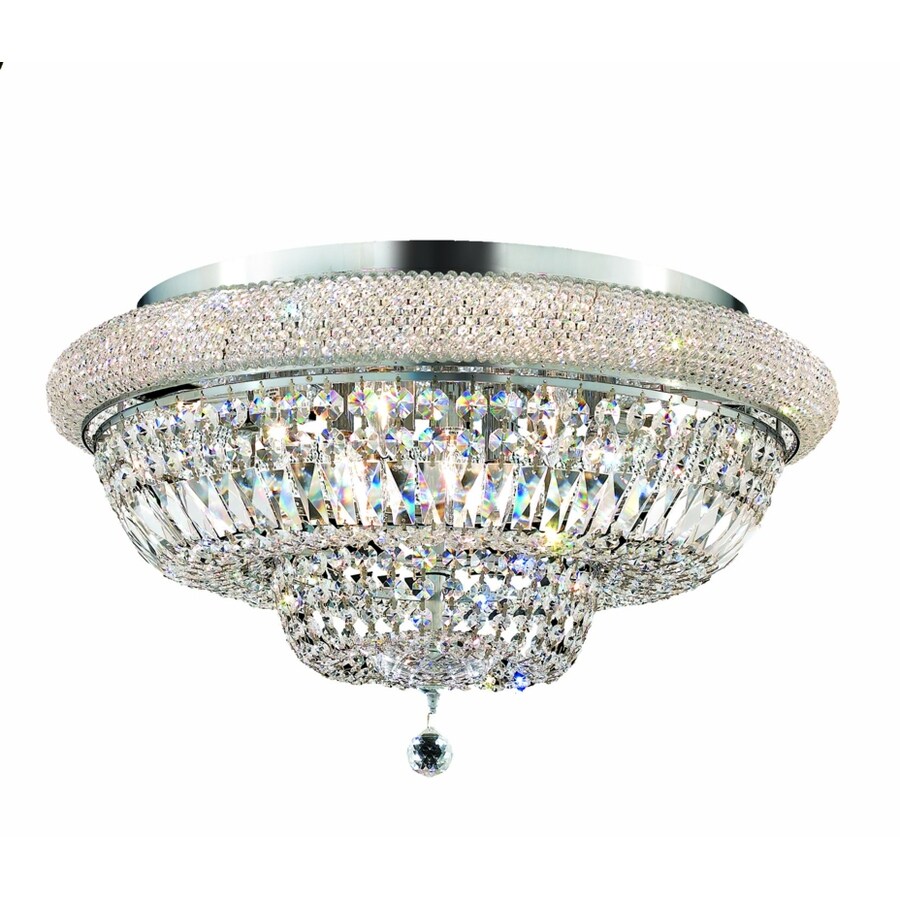

Next, consider an LED strip light's power draw per foot. LED emitters are the most expensive component of LED strip manufacturing, so be sure to account for LED density differences when comparing LED strip prices. A higher density of 36 LEDs per foot (120 LEDs per meter) will typically provide the best, most evenly distributed lighting effect. LED density is important in determining the distance between LEDs (pitch) and whether or not there will be visible hotspots and dark spots between the LED emitters. Do not worry too much about this, as what is most important in an LED strip is the number of LEDs per foot, and the power draw per foot. You may come across various LED emitter names such as 2835, 3528, 5050 or 5730.

You will also want to watch out for low cost LED strips that claim high brightness, as they may overdrive the LEDs to the point of premature failure. Light output and efficiency per LED emitterĪn LED strip light without a brightness specification in lumens is a red flag. LED strip brightness is primarily determined by three factors: 4-ft T8 fluorescent = 4-ft of LED strip = 1800 lumens). A good quality LED strip should provide at least 450 lumens per foot (1500 lumens per meter), which provides approximately the same amount of light output per foot as a traditional T8 fluorescent lamp. LED strip brightness is typically described in lumens per foot (or meter). Unlike incandescent bulbs, different LED strips can have different levels of efficiency, so a wattage rating is not always meaningful in determining actual light output.

Brightness of LED strips is determined using the metric lumens.


 0 kommentar(er)
0 kommentar(er)
